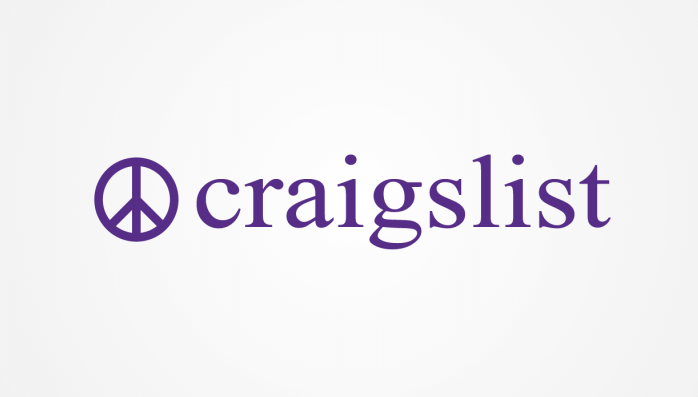You might hear the term “net neutrality” around in the media all over the last decade. But the question is what is net neutrality?
Net neutrality is appropriately named. It explains the effort to make the internet neutral of bias. It includes political or corporate. However, neutral internet is the opposite of totalitarian just like China, where information and content on the internet are strictly controlled.
A “net neutral” internet provides streaming bandwidth for all information equally.
Contents
What Is Net Neutrality?
The term “network neutrality” was introduced in 2003 by law professor Tim Wu. The term he used in a white paper to explain the damage caused by broadband providers. They were banning the use of VPNs.
In his white paper, the professor describes the dangers inherent in allowing broadband providers to reduce access to the internet in a biased and efficient way. One of the main causes being broadband providers favoring controls that enable them to establish market control over the content.
Here’s professor Wu’s paper, a social debate that is followed over the next decade. The government involves and made many attempts to rule or control issues that relate to net neutrality.
- 2005: The FCC provides a policy preventing providers from blocking legal content.
- 2008: FCC ordered Comcast to stop limiting or reducing bandwidth for customers using P2P networks. Federal courts eventually cancel the FCC.
- 2010: In 2010, FCC ordered Verizon just like Comcast to stop limiting bandwidth. However, FCC and Verizon sued again overruled in 2014.
- 2015: FCC again classifies broadband providers as Title II carriers. Enabling the FCC to apply how providers reduce bandwidth.
- 2017: Trump also appoints FCC Commissioner Ajit Pai to start an FCC vote that threw out the 2015 reclassification.
As a result of this battle, there are no rules securing consumers from providers using a bias in how they reduce bandwidth.
Broadband Carriers & “Cable Cutting”
Many content-streaming services are an increase in popularity i.e Hulu, Netflix, and YouTube TV. However, cable TV subscriptions also end dramatically. In the past few years, cable companies move away by charging excessive monthly subscription fees. And since cable companies maintained patent over wide areas they served. Consumers don’t have any place to go for video entertainment.
However, with fast speeds provided by a more secure and powerful internet, came new, original video streaming technologies. Such as Netflix, Amazon, Apple, and also Disney start giving streaming content all over the internet within a lower monthly subscription. However, so many consumers initiated “cable cutting” or “cord-cutting“.
It means that cable TV subscribers provide access to particular network programming in exchange for saving plenty of dollars a month. However, Hulu and Netflix give all the video content they required. And for all services such as YouTube TV and Apple TV were massive deals. However, these consumers could also regain access to local news and other broadcast networks.
Well, it’s good for consumers and bad news for broadband providers like Comcast. As the broadband providers lost subscription. But they still provide the technology that gave their competition a tough advantage.
Providers Begin Offering Video Streaming
If you want to recapture subscriptions, broadband providers such as Verizon and offering their own internet video streaming services.
For example, Comcast introduces its streaming service called Xfinity Stream. Due to these subscribers access movies and Live TV channels limited over the internet.
However, access to all big network TV broadcasts still needs a cable TV subscription with a cable TV box.
Verizon took another approach. However, the approach quite different. Verizon introduces its own Verizon Stream TV service. This enables streaming access to all TV networks shows and movies, in 4k Ultra HD. Also, this service costs the same as a local cable TV subscription.
The only benefit Verizon’s solution offers is that consumers could fully cut their cable TV subscription, and rather than access all streaming content and internet access using Verizon’s networks.
Providers Start Throttling the Competition
Consumers feeling the effects instantly following the FCC classification in 2017. Evidence or proofs of this came out in 2019.
Researchers at the University of Northeast University of Massachusetts found that:
AT&T throttled down:
- Netflix 70% of the time
- YouTube 74% of the time
T-Mobile throttled down:
- Amazon Prime Video 51% of the time
- Vimeo
The providers told reporters that they probably made adjustments to improve internet performance. However, researchers made it quite clear that the carriers can’t choke only during peak usage hours.
Comcast order public statements that it can’t seize in choking back services such as Netflix and YouTube. However, many customers claim otherwise.
Well, the federal regulations put back in place and allow neutrality providers can get away using this kind of behavior if they like to.
You can also test if your own ISP is choking your internet services. Just run a speed test when your internet speed is normal. Then, run another speed test while connected to the internet using a VPN.
Net Neutrality In Future
The fight against net neutrality isn’t over. In 2019, the U.S. Court found that the FCC can’t stop their individual states from passing their own net neutrality laws. Both grassroots activist groups and large tech enterprises and consumer groups continue fighting to restart the original net neutrality FCC rules from 2015.
This court opens the door for these groups to request individual states to pass their own regulations that will allow net neutrality and delete bias from how information travels on the internet.
Conclusion:
Here’s a complete review of Net Neutrality. What are your views about Net Neutrality? Share your views with us in the comment section below!
Also Read:






